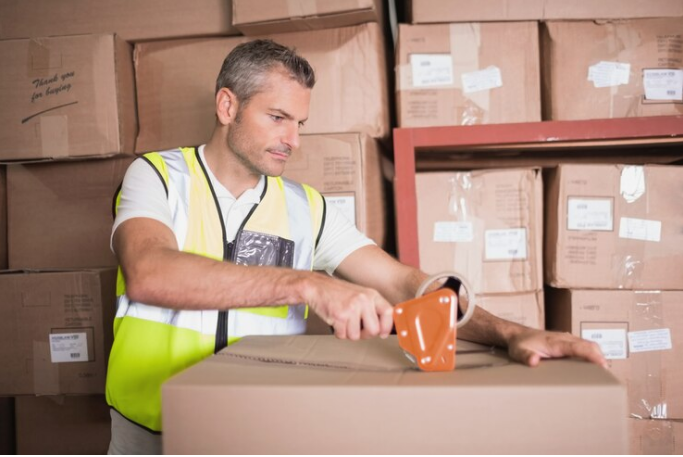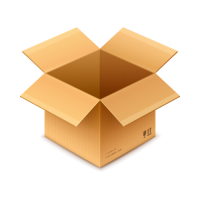The Importance of Proper Packaging
The Importance of Proper Packaging in eCommerce
In the eCommerce industry, packaging is not just a means to protect a product; it’s an extension of your brand. Proper packaging ensures that products reach customers in perfect condition, reflecting the quality and care that your brand represents. Additionally, it reduces the likelihood of returns and exchanges due to damage, saving costs and enhancing customer satisfaction.

Types of Packaging Materials and Their Applications
There are various materials available for packaging. Choosing the right material, including sustainable options, is crucial in ensuring product safety and cost-efficiency. Here is a list of common packaging materials and their applications:

Cardboard
Versatile and widely used for its sturdiness, cardboard is ideal for packaging a wide range of products. It’s especially popular for boxes and cartons.

Plastic
Lightweight and durable, plastic is often used for waterproofing and protecting products from moisture. It’s common in wrapping and containers.

Bubble Wrap
Essential for fragile items, bubble wrap provides cushioning to protect against shocks and impacts during transit.

Biodegradable Plastics
A recent innovation, biodegradable plastics break down naturally, reducing environmental impact. They are used as an eco-friendly alternative to traditional plastics.

Plant-Based Packaging
Made from plant materials, this sustainable packaging option is renewable and often compostable. It’s used for a variety of products, especially in the food industry.

Need Packaging help?
Contact Us Today to know what type of packaging is best suited your products?

Customer Experience
How Packaging Enhances Customer Experience
A well-thought-out packaging design can turn the simple act of unboxing into a memorable experience for the customer. Customised packaging, personalised notes, and easy-to-open materials can leave a lasting impression and build customer loyalty. Additionally, ensuring that packaging is accessible to all, including individuals with disabilities, reflects inclusivity and care in your brand values.
Right Packaging Solution
Choosing the Right Packaging Solution for Your Business
Selecting the right packaging involves considering your product’s characteristics, understanding your target audience, and aligning with your brand image. It’s also crucial to factor in the budget and find a solution that balances cost with quality.


Global Trends in Packaging
Industry Standards and Global Trends in Packaging
The packaging industry is constantly evolving with new trends and standards. Currently, there is a strong emphasis on sustainability, with many companies opting for eco-friendly materials. Additionally, technological advancements areleading to more innovative packaging solutions. Staying abreast of these trends is essential for businesses looking to compete on a global scale.
The type of products being stored
Different products will require different types of packaging to protect them during storage and transportation. For example, fragile products may require extra padding or cushioning, while products with sharp edges may need to be placed in sturdy containers to prevent damage.
The size and weight of the products
The packaging for a product should be able to accommodate its size and weight, as well as any additional packaging materials that may be needed. For example, a large and heavy product may require a bigger or sturdier box than a smaller and lighter product.
The storage and handling conditions
The packaging for a product should be able to withstand the conditions it will be exposed to during storage and handling. For example, if the product will be stored in a warehouse with high temperatures or humidity levels, the packaging should be able to protect the product from damage caused by these conditions.
The shipping requirements
The packaging for a product should also be able to meet any shipping requirements, such as size and weight limits, as well as any special handling instructions. For example, if the product will be shipped via air freight, the packaging should be able to withstand the rigors of air travel.